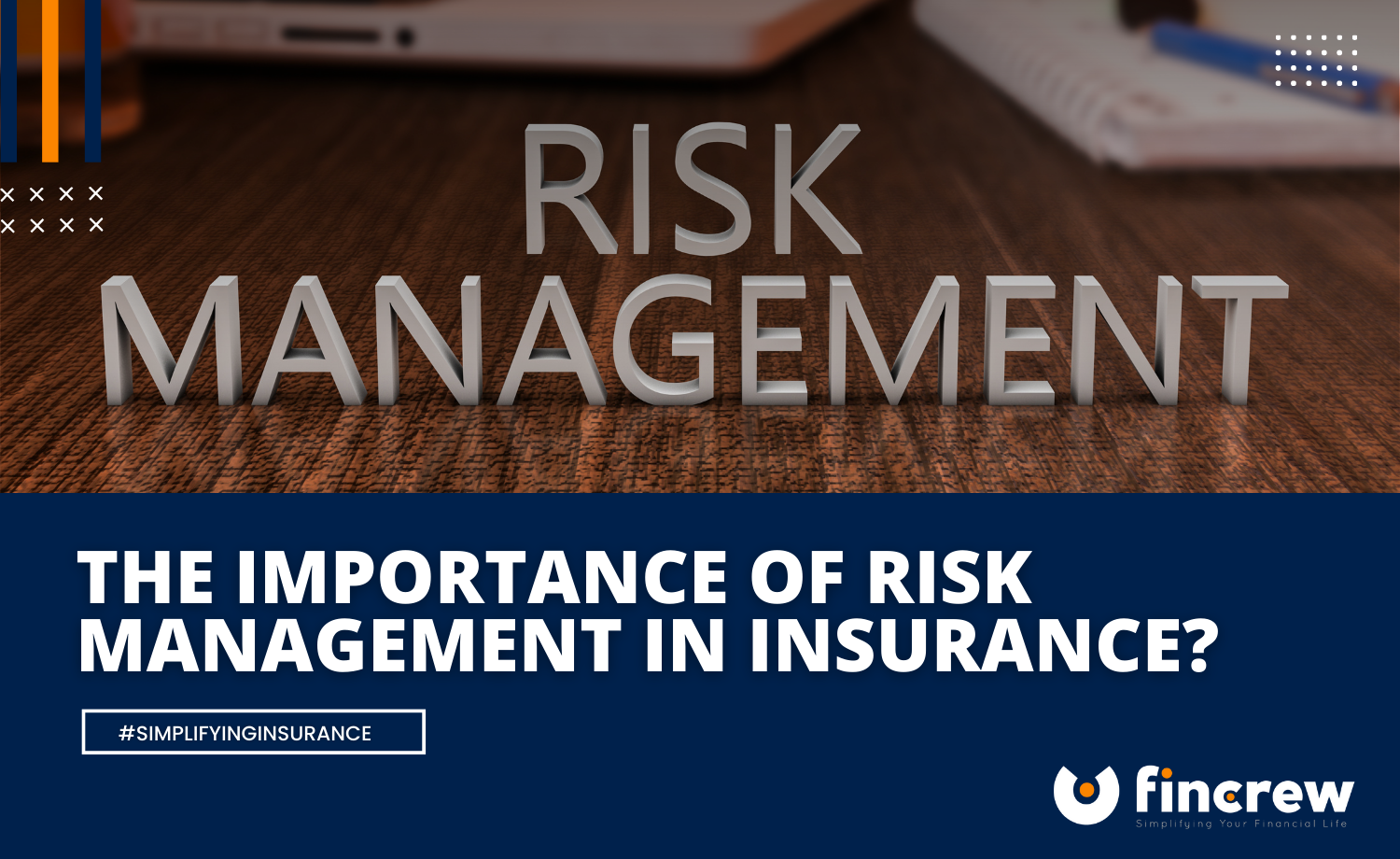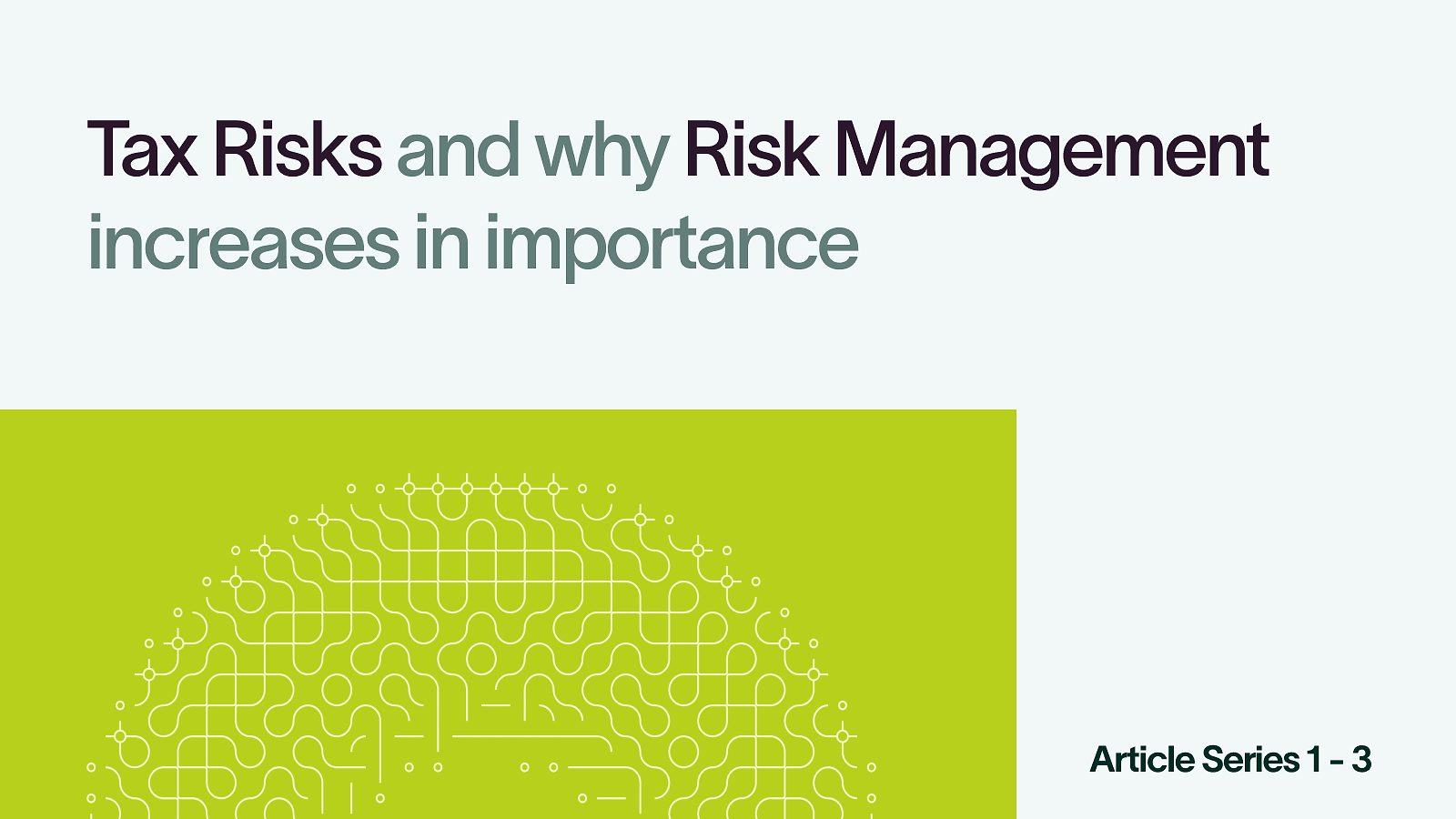Why Organizations Should Focus on the Importance of Risk Management Now More Than Ever
Why Organizations Should Focus on the Importance of Risk Management Now More Than Ever
Blog Article
The Significance of Understanding the Importance of Risk Management in Numerous Industries

The Core Principle of Risk Management and Its Objective
Risk Management, the keystone of numerous markets, rests on the identification, assessment, and mitigation of unpredictabilities in a company environment. It is an essential technique that permits organizations to protect their possessions, track record, and total survival. By correctly determining possible risks, companies can create approaches to either avoid these dangers from happening or reduce their influence. The assessment process includes analyzing the chance and potential severity of these dangers. The reduction procedure entails devising strategies to reduce their possible effect once dangers have been determined and assessed. This process is cyclical and continuous, guaranteeing that companies are gotten ready for the ever-changing nature of Risk in various industries. The primary objective, hence, is to foster resilience among unpredictabilities.
Advantages of Implementing Risk Management in Company Procedures

Revealing the Role of Risk Management in Different Industries
While every sector challenges its special collection of risks, the application of Risk Management techniques stays a typical denominator in their pursuit of sustainability and growth. In the health care market, Risk Management involves making sure individual security and information defense, while in financing, it involves mitigating investment risks and ensuring regulatory compliance. Ultimately, the role of Risk Management throughout markets is to identify, assess, and alleviate risks.
Real-life Instance Research Studies Demonstrating Successful Risk Management
To understand the relevance of Risk Management in these several industries, one can look to several real-life circumstances that illustrate the effective application of these measures. Toyota, publish the 2011 earthquake in Japan, modified its supply chain Management to lessen disruption dangers. These instances demonstrate exactly how sectors, learning from crises, successfully applied Risk Management methods to reduce future risks.
Future Patterns and Advancements in Risk Management Techniques
As the globe continues to evolve, so too do the fads and advancements in Risk Management approaches. Fast advancements in technology and data analytics are improving the Risk landscape. Large information and AI are now crucial in forecasting and reducing risks. Organizations are leveraging these tools to develop predictive designs and make data-driven choices. Cybersecurity, once an check outer concern, has catapulted to the center of Risk Management, with methods concentrating on detection, response, and avoidance. The integration of ESG (Environmental, Social, Administration) aspects right into Risk Management is another growing pattern, showing the boosting recognition of the function that ecological and social dangers play in service sustainability. Thus, the future of Risk Management depends on the fusion of innovative technology, ingenious methods, and an alternative method.
Verdict
In final thought, understanding the value of Risk Management throughout a spectrum of sectors is essential for their durability and prosperity. Ultimately, successful Risk Management contributes to more resistant Go Here and sustainable organizations, highlighting the value of this practice in today's highly competitive and vibrant service setting.
While every market faces its distinct set of dangers, the application of Risk Management strategies continues to be an usual denominator in their search of sustainability and development. In the health care industry, Risk Management involves making certain person security and data protection, while in money, it involves mitigating financial investment dangers and guaranteeing regulatory compliance. Eventually, the duty of Risk Management across sectors is to determine, evaluate, and minimize threats. These situations demonstrate exactly how markets, learning from situations, successfully applied Risk Management techniques to reduce future risks.

Report this page